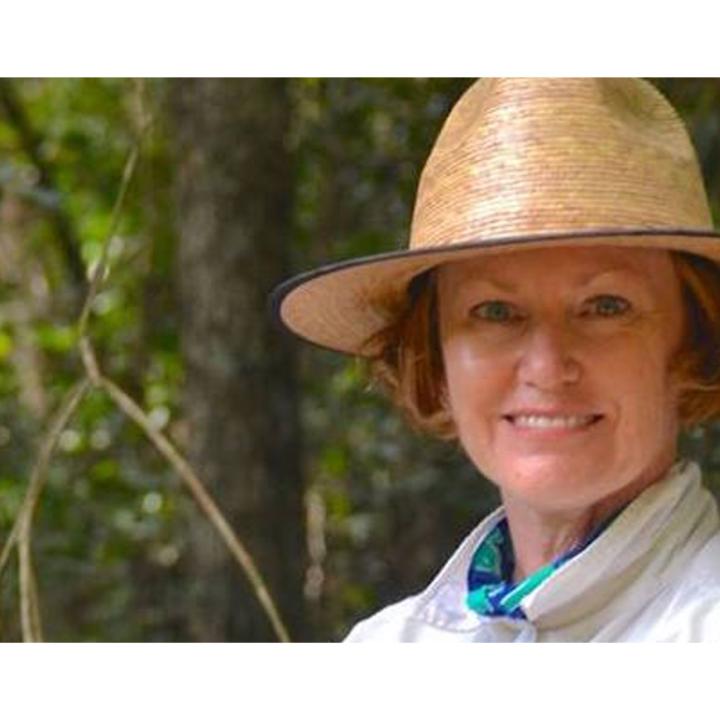
-Fulbright Postdoctoral Fellow, Australian-American Fulbright Foundation, The University of California, 1994- 97
-Adjunct Professor, Weinberg College of Arts & Sciences, Northwestern University, 2003 – present
Professional societies
Member, Soil Science Society of America
Member, Society for Ecological Restoration
Committee and Chair, SSSA Applied Science Award (2021- 2024)
Editorial
2017 – present Handling Editor, Restoration Ecology
2017 – present Editorial Board, Geoderma Regional
- Mycorrhizal fungal diversity, functioning, and ecology
- Shifting precipitation, land-use, and soil fertility effects on plant-mycorrhizal interactions
- Integrating mycorrhizal ecology into restoration practice
- Plant perennialization effects on soil health and ecosystem services
My research focuses on furthering our understanding of the mycorrhizal symbiosis and its role in plant community composition and function.
Although largely hidden from us, mycorrhizal fungi are ubiquitous symbiotic partners within the roots of almost all land plants. These symbioses enhance nutrient and water uptake by plants, and also play a key role in soil health. As a result, any changes in the abundance of these fungi could feed back to influence the plant community and ecosystem health.
Current research projects in the lab reflect our collective interests in documenting the diversity of mycorrhizal fungi, their role in plant survival, and their responses to alterations in land-use and restoration:
- New roots for restoration. Explaining the wide diversity of species we see in nature is one of the central challenges in all of ecology. Another is how to restore this diversity when a community has been extensively degraded, such as those in the tallgrass prairie. In the broadest sense, we are interested in arbuscular mycorrhizal fungal (AMF) communities and the mechanisms that influence nutrient acquisition, plant growth, and root-shoot interactions.
- Perennial crops and carbon sequestration. Food is a critical and overlooked environmental issue. The challenge: how to feed a burgeoning world population while increasing soil carbon sequestration and conserving diversity. Our research explores how perennial crops and regenerative agricultural practices can be harnessed to optimize soil health and plant production.
- Mycorrhizal ecology of conservative and threatened plant species. The majority of management plans for conservative or rare plant populations focus on aboveground traits, e.g., seed set and viability, and overlook the importance of root symbioses and soil factors on plant establishment. We focus on below-ground factors that control plant survival, specifically soil microsite, or the 'where to plant' (moisture, nutrients), and AMF functioning, i.e., 'is inoculation needed?', to enhance seedling transplant success. Current projects focus on the Red-listed Mulanje cedar (Widdringtonia whytei), conservative tallgrass prairie species (Viola sagittata, Lithospermum, Gentiana), orchid species and oaks.
For a complete list of papers, please refer to Google Scholar
Soil Science Society of America, https://www.soils.org
Society for Ecological Restoration, https://www.ser.org
Last updated: August, 2025

